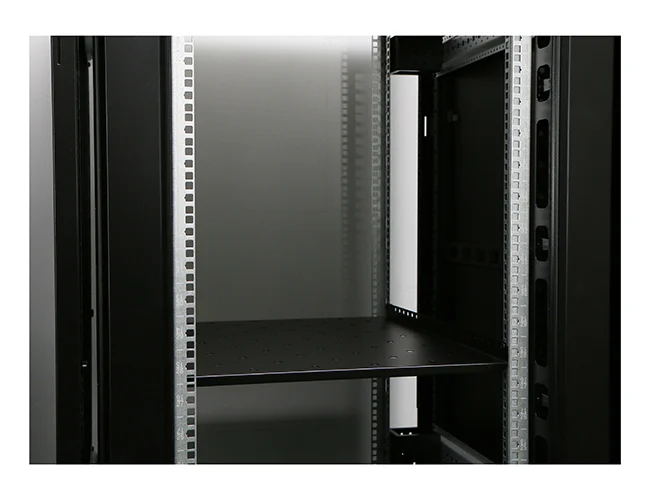News
Site Editor
 Site
https://leonetworkgroup.usa18.wondercdn.com/uploads/image/5fe152faa587d.png
An optical splitter is a device that is used to split a single optical signal into multiple signals. These devices are commonly used in fiber optic networks to distribute signals to various endpoints. Optical splitters work by using a branching mechanism that allows the signal to be evenly distributed among all of the output ports. In this article, we will discuss how optical splitters work and wh
Site
https://leonetworkgroup.usa18.wondercdn.com/uploads/image/5fe152faa587d.png
An optical splitter is a device that is used to split a single optical signal into multiple signals. These devices are commonly used in fiber optic networks to distribute signals to various endpoints. Optical splitters work by using a branching mechanism that allows the signal to be evenly distributed among all of the output ports. In this article, we will discuss how optical splitters work and wh
How Optical Splitter Works
Views: 644
Author: Site Editor
Publish Time: 2023-07-17
Origin: Site
An optical splitter is a device that is used to split a single optical signal into multiple signals. These devices are commonly used in fiber optic networks to distribute signals to various endpoints. Optical splitters work by using a branching mechanism that allows the signal to be evenly distributed among all of the output ports. In this article, we will discuss how optical splitters work and what makes them an essential component of modern communication systems.
Optical splitters can be categorized into two types: passive and active. Passive splitters are non-powered devices that split the optical signal by diffraction. Active splitters, on the other hand, are powered devices that use electronics to improve signal strength and split the signal. In this article, we will focus on passive splitters since they are the most commonly used components in fiber optic networks.
The basic principle of optical splitter operation is based on wavelength-dependent branching. Optical fibers are designed to carry different wavelengths or colors of light. Each color or wavelength of light carries information at a different frequency, making it possible to transmit vast amounts of data over a single fiber optic cable.
An optical splitter works by dividing the incoming optical signal into two or more output channels, each carrying the same optical signal. The splitter consists of a single-input fiber optic cable and multiple-output cables or fibers. The splitter directs the incoming optical signal to a beam splitter, which divides the signal into two or more output signals. The beam splitter uses a micro-prism or a diffraction grating to divide the input signal based on wavelength, resulting in a uniform output signal across all the output channels.
The number of output channels that an optical splitter produces depends on the number of waveguides or fibers that are used in the splitter. Each waveguide is designed to carry a specific wavelength of the incoming light, which means that the signal can be split in a way that provides different output wavelengths to each receiver.
Optical splitters are commonly used in telecommunications, cable TV networks, and optical broadband internet networks. These splitters enable signals to be sent over long distances without the signal being weakened or distorted. By using passive splitters, networks can distribute signals to multiple endpoints, making them more efficient and reliable.
In conclusion, optical splitters are an essential component of modern communication systems. They work by using wavelength-dependent branching to split an incoming optical signal into multiple output channels. By allowing signals to be distributed over long distances without weakening or distorting the signal, optical splitters play a vital role in enabling high-speed telecommunications, online streaming, and other critical services.
If you want to know more about industrial network cabinet,china fiber optic splice closure,china fiber optic distribution box,please consult the fiber optic splice closure factory









